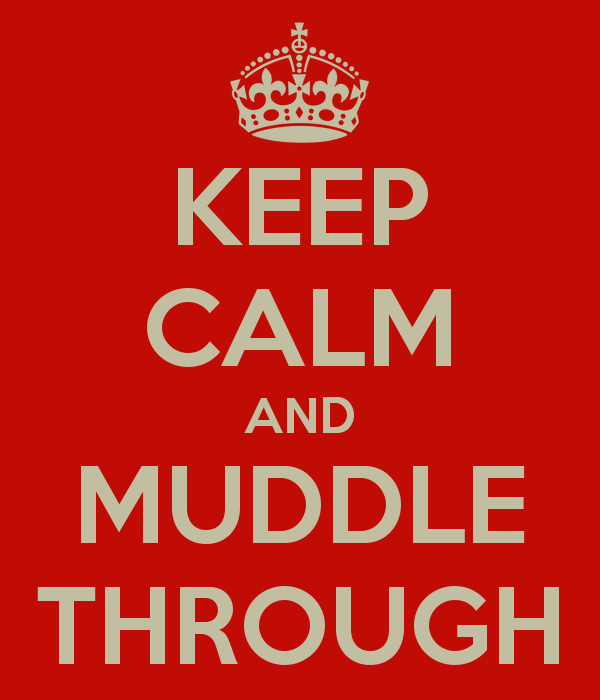Muddling through climate change
They are at it again. The twenty-first session of the Conference of the Parties (COP) (simultaneously the eleventh session of the Conference of the Parties serving as the meeting of the Parties to the Kyoto Protocol (CMP)) takes place from 30 November until 11 December 2015, in Paris, France. Will they finally make some tangible and binding agreements to prevent the world from collapsing?
For twenty years now, world leaders have put their heads together yearly to discuss climate change and, more importantly, how to put a halt to it. Twenty years, though not a single decision has been made that really binds its devisers to it. Yes, there have been agreements, the Kyoto Protocol being the major and most well-known example. However, the USA, being the number one polluter, has never committed to Kyoto and moreover, the protocol has no sanctions or otherwise meaningful consequences for noncompliance. All hope is not lost though, it is said. This 21nd conference is going to be really crucial because it must result in a new, Kyoto-like international climate agreement. And this time, the bigger countries are more willing to show commitment as well. The broad consensus right now is that united, we should prevent that the global atmospheric temperatures increase with more than 2 degree Celsius on average compared to those during pre-industrial atmospheric temperatures.
All this talking and negotiating leading to no measurable outcome kind of reminds me of my course in decision making from last year. I learnt about different models that describe decision making processes about complex issues. And I think we can all agree that this climate issue is quite complex. Why? Because there are countless of stakeholders involved (basically almost the whole world) that influence, or are influenced by decisions around climate change. Each of these stakeholders have their own perception of the problem, about its potential solutions, and about who needs to do what and how much. All these different opinions and perceptions make this issue a tough one. One of the toughest there exists, I might say. It also makes it very difficult to come to very meaningful decisions. In any case, there was one model that I think perfectly describes what keeps happening at these climate meetings. It is called the "incremental model" by Charles Lindblom. In one of his classic articles[i], he empirically considers decision-making to be an incremental process rather than a process of fundamental change. Incremental means that the formation of decisions goes in very small steps. So small, in fact, that conclusions and agreements generally don't deviate much from the existing situation. It can also be described as a process of 'muddling through'. Lindblom mentions that a "good" decision is viewed as a decision where agreement is found on the policy even when certain values have not necessarily been agreed upon. In other words, "mutual agreement" is the main factor here.
It doesn't sound very positive. "Muddling through climate change" but it looks like that is exactly what is happening. So far, any decision made about climate change has been non-binding, vague agreements of some sort about when to reach a certain degree of decrease in CO2 emissions. However, no clear pathways on how to tackle this have ever been made. Will the twenty first climate conference put an end to this muddling through behavior? Will there really be some tangible agreements and real consequences if these agreements are not met in the future? Only time will tell.
[i] Lindblom, C.E., 1959. The science of "Muddling Through". Public Administration Review, Vol. 19, No. 2 pp. 79-88
